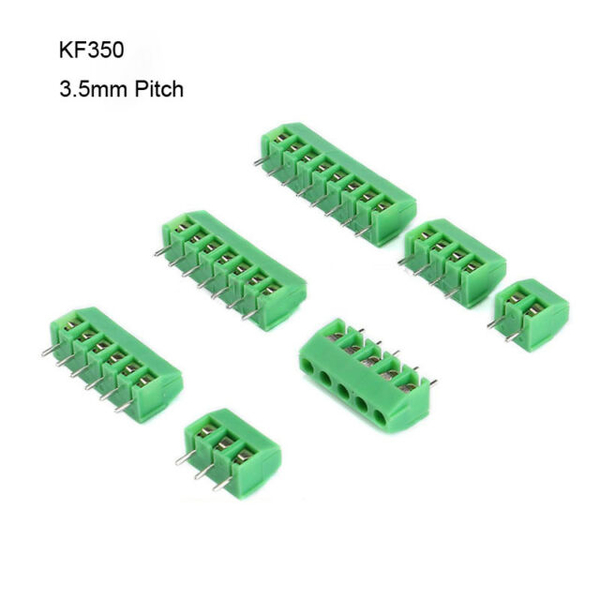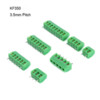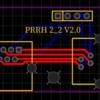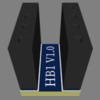A few years back Dale Holzmann made available his circuit for CD operation of Atlas switches. These are his words, edited slightly:
“Atlas switch machines as factory wired can be burned out if the switch is held down too long. These switches can be thrown with a DPDT toggle switch and two 2200uf capacitors. The method is burn out proof since only the energy stored in the capacitor goes to the machine coil (thus “capacitor discharge”). The switch indicates turnout position. For indicator lights a 3PDT toggle can be used. A 4700 uf capacitor can be used to throw a pair of machines in tandem.”
OGR member Tom Frye and I have collaborated to design and test this handy little PCB, which takes Dale's basic circuit and puts all the needed components on one compact 75mm x 24mm PCB. The board can be located out of sight under the control panel and only the 3PDT toggle switch and two indicating (red and green) leds stick above the panel. It needs only 12-14VAC (or DC) power source, and has only 3 wires running to each switch for operation. Each board can operate one or two switches (see User Notes) and any number of them can be mounted side by side on 1" spacing as required. Use of offshore parts such as the 3PDT switch and the caps will keep the cost per board under $5.00.
Here are some Pics of the completed prototype board, and one operating a Lionel 072 test switch.
Here is the board layout and the circuit:
For ease of wiring under the panel the board is designed for 3.5mm pitch screw connectors such as the KF350 series available on ebay, like below. But it can also be hard wired and soldered if desired.
Here is a 3D board view
Tom uses Atlas switches and has tested a breadboard version of the circuit with them. All of my testing has been with the Lionel 072, and if it works well with that, it will likely work with any brand of twin coil/plunger type switch machine!
I have not priced these boards at OSHPark, but a fair estimate would be about $15 for three. Obviously for anyone intending to build several, other sources might make more sense. The components are all readily available from several ebay sources.
A pdf version of the User Notes is attached, as is a BOM, and the gerber files for anyone interested in building their own. ![]()
Rod










